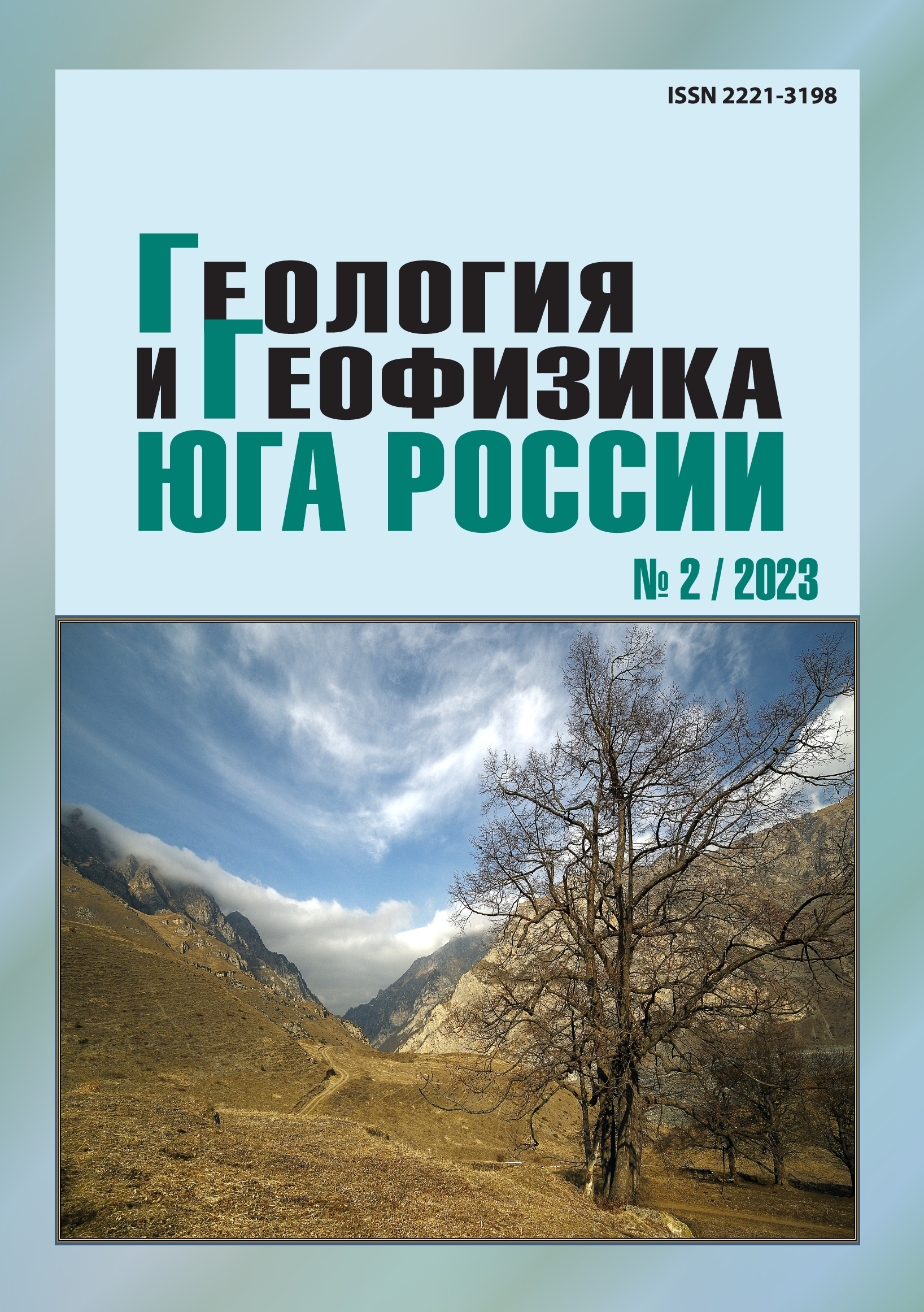Ore-magmatic systems of Eastern Donbass
Abstract
The article is devoted to solving one of the scientific problems of metallogeny of the Eastern Donbass, which determines the connection of ore manifestations with magmatism. Relevance. In practical terms and in scientific terms, the Eastern Donbass has always been studied mainly as a coal-bearing basin. At the same time, ore occurrences of non-ferrous, rare and precious metals were found within its open part. In comparison with the Western Donbass, an active manifestation of magmatic activity and the occurrence of ore mineralization are found in the Eastern Donbass. In this regard, there is a need to assess the ore potential of the Eastern Donbass on the basis of the concept of ore-magmatic systems (RMS), taking into account modern ideas about the geodynamic conditions of their formation. Aim. To identify, justify the allocation and typification of the RMS within the Eastern Donbass on the basis of geological and modern geophysical data. Methods. The initial data are materials on the geological structure, magmatism and ore content of the Eastern Donbass contained in reports on geological survey and prospecting for non-ferrous metals and gold, as well as a database of digital data of modern geophysical medium-scale surveys covering the Eastern part of the Donetsk basin and adjacent ter- ritories. The principle of object-oriented filtering was used to solve the problem of detecting RMS in the Eastern Donbass. Filtration was carried out in GIS INTEGRO with different steps sequentially with reference to the avail- able spatial data on the position of intrusive rocks, until the obtained contours of anomalies coincide with the manifestations of intrusive rocks with the maximum possible accuracy. Results. For the first time in the Eastern Donbass, the allocation of RMS is justified according to geological and geophysical data. They are divided into systems of central and systems of areal types. RMS of the central type are represented by clusters of small intrusions of the Nesvetaevsky andesite-dacite intrusive complex located inside isometric high-gradient positive magnetic field anomalies. Such anomalies are caused by the presence of centers of intracore magmatism of the main composition located above the Curie isotherm. RMS of the areal type are represented by clusters of dikes of the Miusko-Kerchik lamprophyre complex. The areas of these dikes are not reflected in the magnetic field, since the sources of lamprophyric magmatism of the Miusko-Kerchik complex are located below the Curie isotherm, presumably in the mantle.


